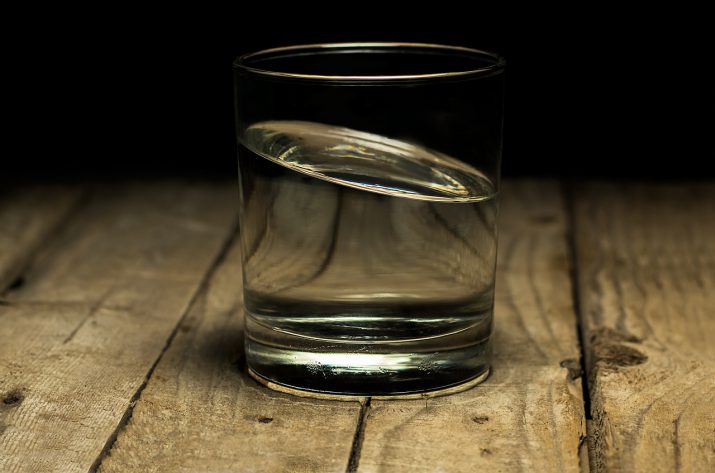How much water should you drink to prevent dehydration?

Are you getting enough hydration on a daily basis?
If not, your exercise performance will suffer
One of the most important roles that water plays is to maintain normal body temperature. It does this by carrying heat away from internal organs before damage occurs. In hot weather, water intake becomes even more important because dehydration and heat stress can set in with little warning even if you are simply doing a light run on a warm sunny day.
Dehydration occurs when fluid loss exceeds intake
Fluid is lost through sweat, urine and water vapor in the breath we exhale. Heat exposure, fever, vomiting and diarrhea can all cause dehydration. The symptoms of dehydration include increased thirst, weakness and dizziness and in some cases heart palpitations and fainting can occur. The calf cramps you get during a hard leg day may be from dehydration and changes in electrolyte balance.
Prevention of dehydration comes down to planning ahead
If you’re headed onto the field for a mid-day workout and it’s over 70 degrees make sure to hydrate throughout the morning and early afternoon. The same holds true for planning a hot-yoga session.
Your body requires 8-10 glasses of water or clear fluids a day and you should drink often enough to prevent thirst. Once you feel thirsty you’ve probably already lost about 1% of your body water and may be dehydrated. If plain water isn’t appealing, squeeze a lemon or lime in it for flavor (plus you will add antioxidants in the form of Vitamin C). Alcohol consumption increases water loss and can impair your ability to sense early signs of dehydration.
Food provides 20% of normal fluid intake and eating 5 cups of fruits and vegetables per day will help maintain hydration and provide the important nutrient potassium. Muscle function, bone strength and nerve signaling all depend on adequate potassium. Many fruits and vegetables contain 90% or more water. Fresh, juicy fruits are refreshing, and many contain essential electrolytes such as calcium, magnesium, potassium, and sodium. Hit the produce isle and grab a watermelon, apples, kiwi, grapefruit and berries to snack on. Vegetables such as celery, spinach, and broccoli and water-based clear soups such as vegetable soup will help prevent dehydration.
Exercising and outdoor events should be limited when the thermometer crosses 80 degrees and the heat index is high. Competitive and recreational athletes need to take extra precautions when training or competing in the heat. A fluid loss of 2% is not only dangerous but can also reduce performance by 10%. It’s possible to lose over 60 ounces of water per hour when exercising in the heat. Taking in 6-8 ounces of fluid every 15 minutes is needed during events when the temperature soars.
A typical cycling water bottle holds 20 to 24 ounces meaning you should consume 1 per hour of exercise.
When exercising over an hour in the heat a sports drink should be used to meet fluid, electrolyte and carbohydrate needs. The benefits of adequate fluid intake during exercise include lower heart rate, improved blood flow to muscles, body temperature control, lower perceived exertion, and quick recovery.
Being active and enjoying a hard workout requires a little more planning on warm days. Add a juicy fruit and an extra glass of water to your daily routine. Your body will thank you.



